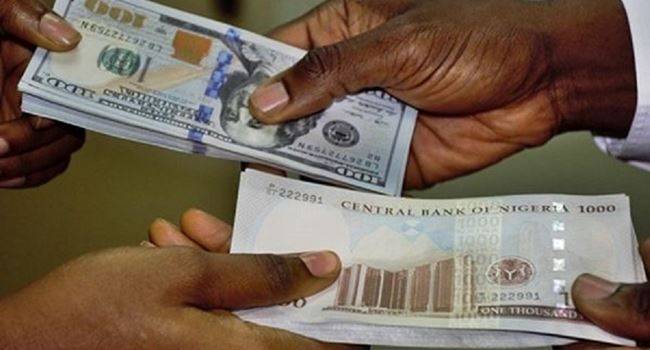The naira has shown resilience in the unofficial market, appreciating against the dollar as the dollar index saw some losses due to profit-taking. On Friday, the naira was valued at N1,500, up from N1,510/$1 on Thursday in the black market. In the Nigerian Autonomous Foreign Exchange Market (NAFEM), the naira settled at N1,482.8 on Friday, compared to N1,485.7 on Thursday.
The Economic and Financial Crimes Commission (EFCC) has intensified its crackdown on illegal forex trading. To combat speculation against the naira, the EFCC has enacted stricter laws on Bureau de Change (BDC) and black market forex transactions. Recent arrests of illegal currency traders in Abuja, Lagos, Kano, and Port Harcourt are part of this ongoing effort. The EFCC has frozen over 300 accounts linked to illicit forex trading.
The Securities and Exchange Commission (SEC) plans to collaborate with the EFCC to curb forex trading manipulations in the digital space. Blaise Ijebor, the head of risk management at the Central Bank of Nigeria (CBN), stated that street forex trading is prohibited.
The CBN has raised capital requirements for BDCs to regulate the sector and protect the naira’s value. Nationwide tier one BDCs must now hold N2 billion, up from N35 million, while tier two BDCs operating in a single state must hold N500 million, up from N35 million. BDCs have six months to comply with these new regulations. The BDC umbrella group has requested a delay and a reduction in these new thresholds.
This move follows the Federal Government’s announcement of plans to ban cryptocurrency trading in naira as part of a broader crackdown on cryptocurrency platforms, which has contributed to the naira’s volatility. The naira has lost over two-thirds of its value against the dollar since last year’s FX market liberalization.
U.S. Dollar Index Posts Friday Losses but Ends Week High
On Friday, the U.S. dollar declined against major currencies as investors booked profits after recent gains. Despite this, the dollar remains strong due to positive U.S. economic data, which has tempered expectations for interest rate cuts.
Data released on Friday indicated a surge in shipments and new orders for key U.S. capital goods in April, suggesting a potential rise in business equipment spending in early Q2. This followed reports on Thursday showing increased input prices and a rise in U.S. business activity to a two-year high in May.
Minutes from the Federal Reserve’s latest meeting revealed a debate among policymakers on whether current interest rates are sufficient to curb inflation. After five consecutive sessions of gains, the dollar index fell by 0.3% on Friday, closing at 104 points against a basket of major currencies. However, it increased by 0.2% over the week.











